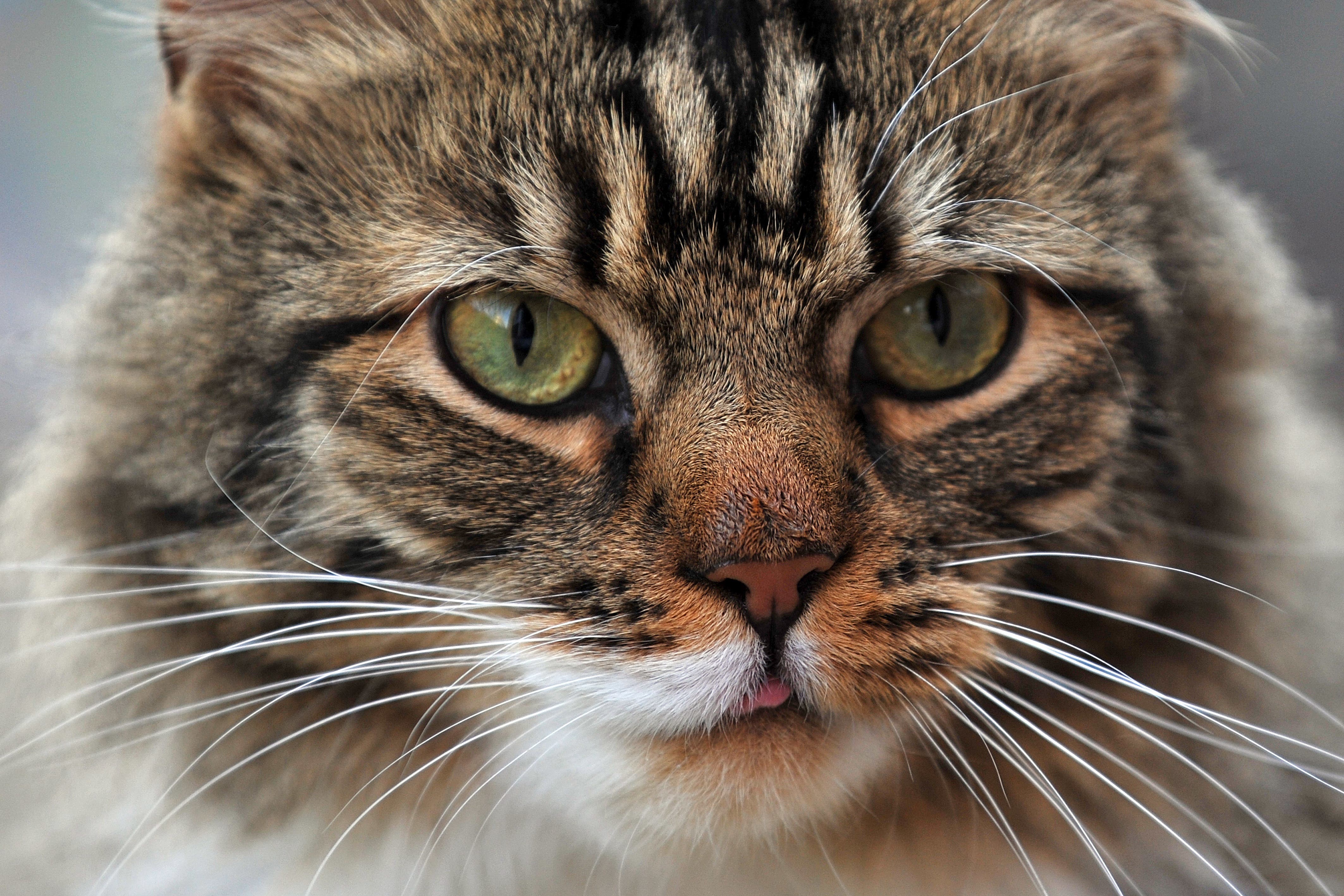- News
- Science
The study has pinpointed a key moment in feline history
Will DunhamThursday 27 November 2025 23:12 GMTComments
 CloseRelated: Cat burglar comes face-to-face with family cat
CloseRelated: Cat burglar comes face-to-face with family cat
Sign up for our free Health Check email to receive exclusive analysis on the week in health
Get our free Health Check email
Get our free Health Check email
 Email*SIGN UP
Email*SIGN UPI would like to be emailed about offers, events and updates from The Independent. Read our Privacy notice
For all their global ubiquity as household companions, the precise origins of cat domestication have long remained a puzzle for scientists.
Despite hundreds of millions of felines, from Siamese to domestic shorthairs, living with people worldwide, the history of their integration into human society has proven difficult to decipher.
Now, a new genome study offers significant insight, pinpointing a key moment in feline history: the introduction of domestic cats into Europe from North Africa.
The research indicates that domestic cats first arrived on the continent roughly 2,000 years ago, coinciding with the early imperial Roman era.
This migration was likely facilitated by burgeoning maritime trade, with some of these early feline travellers possibly brought by sailors to hunt mice on ships.
These vessels plied the Mediterranean, carrying grain from Egypt's fertile fields to ports serving Rome and other sprawling cities of the empire.
 open image in galleryDomestic cats first arrived in Europe about 2,000 years ago (PA Archive)
open image in galleryDomestic cats first arrived in Europe about 2,000 years ago (PA Archive)Crucially, these findings contradict a long-standing theory that domestication in Europe occurred much earlier – some 6,000 to 7,000 years ago – when farmers from the ancient Near and Middle East were thought to have introduced cats as they migrated west.
“We show that the earliest domestic cat genomes in Europe are found from the Roman imperial period onwards,” starting in the first century AD, said paleogeneticist Claudio Ottoni of the University of Rome Tor Vergata, lead author of the study published on Thursday in the journal Science.
The study used genetic data from feline remains from 97 archaeological sites across Europe and the Near East as well as from present-day cats.
The researchers analysed 225 bones of cats - domestic and wild - ranging from about 10,000 years ago to the 19th century AD, and generated 70 ancient feline genomes.
The researchers found that cat remains from prehistoric sites in Europe belonged to wildcats, not early domestic cats.
Dogs were the first animal domesticated by people, descended from an ancient wolf population separate from modern wolves. The domestic cat came later, descended from the African wildcat.
 open image in galleryCats became ‘deeply integrated into human societies’ (Getty Images/iStockphoto)
open image in galleryCats became ‘deeply integrated into human societies’ (Getty Images/iStockphoto)“The introduction of the domestic cat to Europe is important because it marks a significant moment in their long-term relationship with humans,” University of Rome Tor Vergata paleogeneticist and study co-author Marco De Martino said.
“Cats aren't just another species arriving on a new continent. They're an animal that became deeply integrated into human societies, economies and even belief systems.”
The genome data identified two introductions of cats to Europe from North Africa. Roughly 2,200 years ago, people brought wildcats from northwestern Africa to the island of Sardinia, whose present-day wildcat population descended from these migrants.
But those were not domestic cats. It was a separate dispersal from North Africa about two centuries later that formed the genetic basis of the modern domestic cat in Europe.
The study's findings suggest that there was not a single core region of cat domestication, but that several regions and cultures in North Africa played a role, according to zooarchaeologist and study co-author Bea De Cupere of the Royal Belgian Institute of Natural Sciences.
“The timing of the genetic waves of introduction from North Africa coincides with periods when trade around the Mediterranean intensified strongly. Cats likely traveled as efficient mouse hunters on grain ships but possibly also as valued animals with religious and symbolic significance,” Ms De Cupere said.
Recommended Your cats are killers – and scientists have thousands of videos to prove it
Your cats are killers – and scientists have thousands of videos to prove it Wildcats could make a return to woodlands in south-west England
Wildcats could make a return to woodlands in south-west England The eight ways to tell if your cat has dementia
The eight ways to tell if your cat has dementia Cats may hold key to treating human cancer, scientists say
Cats may hold key to treating human cancer, scientists say
Cats, for example, were important in ancient Egypt, whose pantheon included feline deities and whose royalty kept pet cats, sometimes mummifying them for burial in elaborate coffins.
The ancient Roman army, with outposts arrayed across Europe, and its entourage played an instrumental role in the dispersal of domestic cats throughout the continent, as attested to by feline remains discovered at the sites of Roman military camps.
The earliest domestic cat in Europe identified in the study – one genetically similar to present-day domestic cats – dated to between 50 BC and 80 AD from the Austrian town of Mautern, site of a Roman fort along the Danube River.
The study, however, does not unravel the timing and location of the initial feline domestication.
“Cat domestication is complex,” Mr Ottoni said, "and what we can tell now is the timing of the introduction of domestic cats to Europe from North Africa. We can't really say much what happened before and where.”
More about
CatsNorth AfricaRomanFelinesJoin our commenting forum
Join thought-provoking conversations, follow other Independent readers and see their replies
Comments


